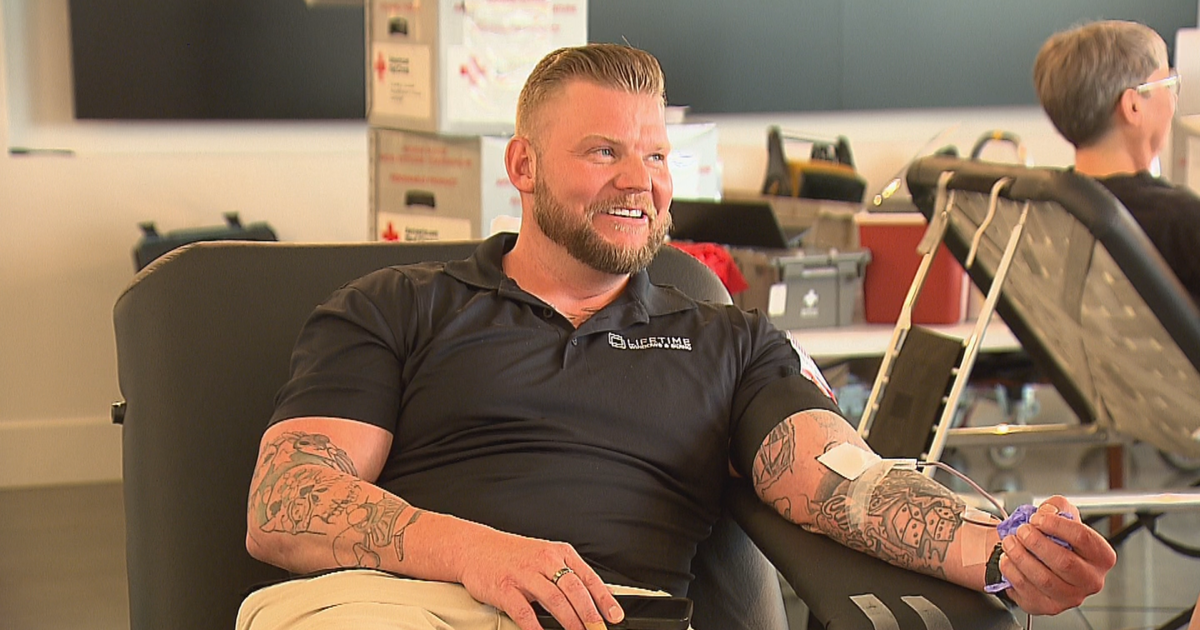Updated: Blood Clots And The Secretary Of State
 Secretary of State Hillary Clinton has had bundle of health issues this past month--with the latest, the scariest.
Secretary of State Hillary Clinton has had bundle of health issues this past month--with the latest, the scariest.
She has been diagnosed with a blood clot, and hospitalized to be treated and monitored.
Now, doctors have finally provided more information about the clot including its location.
The situation is unusual, to say the least-- and explains why the first reports were unusual, even to us doctors.
Secretary Clinton contracted a gastrointestinal bug a few weeks ago, became dehydrated, fell, hit her head, and got a concussion. It turns out it was more than a simple concussion- she developed a small blood clot in a vein between the skull and the brain.
The official diagnosis is a right transverse sinus venous thrombosis.
A quick note-- when you see the word sinus, it signifies a small space in the head--not the sinuses in the face that you typically associate with a sinus infection.
What was confusing is that the first reports said she was being treated with a blood thinner--something you don't do when someone gets bleeding around or in the brain after a head injury. Why? When you do that, the person bleeds more and can suffer brain damage.
In her case, a small clot developed inside a vein. With other head injuries, the vein typically tears or ruptures, which is why blood thinners make it worse.
Instead, this is more like a small clot that develops in a leg vein, except these typically dont break off and travel anywhere. Its very rare. And once again, dont cause a stroke or brain damage.
This type of clot is so small, it probably wasnt seen on a scan (if she had one) right after the fall. But when people continue to have symptoms such as headaches, a follow up scan ( usually an MRI), will show the small clot. Her clot is located just behind the right ear.
In this situation, she probably is being treated with a blood thinner called Heparin. It's an IV medicine that keeps new clots from forming. It does not dissolve the clot. Nothing does--the body just gets rid of it on its own.
In the meantime, you start an oral drug- Coumadin or warfarin- to thin the blood and prevent new clots. It takes a couple of days to have this blood thinner kick in, so you use the fast acting heparin as you wait. You generally have to stay on Coumadin for six months after a blood clot.
The good news is that the clot was found, and she is being treated correctly. It's an unusual case, and she is very lucky. She should make a full recovery.
Btw, the MRI is not Clinton's, but a textbook view of how small these clots are.



